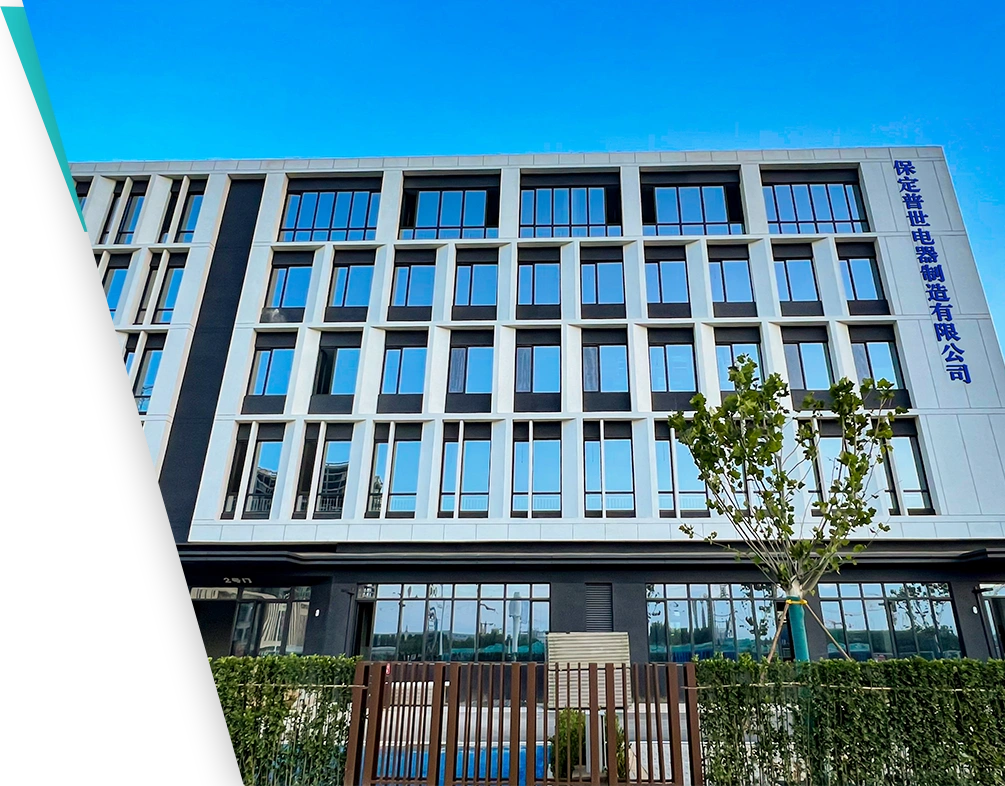 English
English



-
 Afrikaans
Afrikaans -
 Albanian
Albanian -
 Amharic
Amharic -
 Arabic
Arabic -
 Armenian
Armenian -
 Azerbaijani
Azerbaijani -
 Basque
Basque -
 Belarusian
Belarusian -
 Bengali
Bengali -
 Bosnian
Bosnian -
 Bulgarian
Bulgarian -
 Catalan
Catalan -
 Cebuano
Cebuano -
 China
China -
 China (Taiwan)
China (Taiwan) -
 Corsican
Corsican -
 Croatian
Croatian -
 Czech
Czech -
 Danish
Danish -
 Dutch
Dutch -
 English
English -
 Esperanto
Esperanto -
 Estonian
Estonian -
 Finnish
Finnish -
 French
French -
 Frisian
Frisian -
 Galician
Galician -
 Georgian
Georgian -
 German
German -
 Greek
Greek -
 Gujarati
Gujarati -
 Haitian Creole
Haitian Creole -
 hausa
hausa -
 hawaiian
hawaiian -
 Hebrew
Hebrew -
 Hindi
Hindi -
 Miao
Miao -
 Hungarian
Hungarian -
 Icelandic
Icelandic -
 igbo
igbo -
 Indonesian
Indonesian -
 irish
irish -
 Italian
Italian -
 Japanese
Japanese -
 Javanese
Javanese -
 Kannada
Kannada -
 kazakh
kazakh -
 Khmer
Khmer -
 Rwandese
Rwandese -
 Korean
Korean -
 Kurdish
Kurdish -
 Kyrgyz
Kyrgyz -
 Lao
Lao -
 Latin
Latin -
 Latvian
Latvian -
 Lithuanian
Lithuanian -
 Luxembourgish
Luxembourgish -
 Macedonian
Macedonian -
 Malgashi
Malgashi -
 Malay
Malay -
 Malayalam
Malayalam -
 Maltese
Maltese -
 Maori
Maori -
 Marathi
Marathi -
 Mongolian
Mongolian -
 Myanmar
Myanmar -
 Nepali
Nepali -
 Norwegian
Norwegian -
 Norwegian
Norwegian -
 Occitan
Occitan -
 Pashto
Pashto -
 Persian
Persian -
 Polish
Polish -
 Portuguese
Portuguese -
 Punjabi
Punjabi -
 Romanian
Romanian -
 Russian
Russian -
 Samoan
Samoan -
 Scottish Gaelic
Scottish Gaelic -
 Serbian
Serbian -
 Sesotho
Sesotho -
 Shona
Shona -
 Sindhi
Sindhi -
 Sinhala
Sinhala -
 Slovak
Slovak -
 Slovenian
Slovenian -
 Somali
Somali -
 Spanish
Spanish -
 Sundanese
Sundanese -
 Swahili
Swahili -
 Swedish
Swedish -
 Tagalog
Tagalog -
 Tajik
Tajik -
 Tamil
Tamil -
 Tatar
Tatar -
 Telugu
Telugu -
 Thai
Thai -
 Turkish
Turkish -
 Turkmen
Turkmen -
 Ukrainian
Ukrainian -
 Urdu
Urdu -
 Uighur
Uighur -
 Uzbek
Uzbek -
 Vietnamese
Vietnamese -
 Welsh
Welsh -
 Bantu
Bantu -
 Yiddish
Yiddish -
 Yoruba
Yoruba -
 Zulu
Zulu
Transformers for Comprehensive Testing of All Scenarios and Cases
Understanding Transformer Models All You Need to Know
Transformers are a groundbreaking technology that has revolutionized the field of natural language processing (NLP) and beyond. Introduced in 2017 by Vaswani et al. in their seminal paper titled Attention is All You Need, transformers have become the backbone of many state-of-the-art models, like BERT, GPT, and T5. This article aims to provide a comprehensive overview of transformers, their architecture, functionality, and their significance in the modern AI landscape.
The Basics of Transformers
At its core, a transformer is an architecture designed to handle sequential data efficiently, without relying on the recurrent structures used in previous models. The key innovation behind transformers is the self-attention mechanism, which allows the model to weigh the importance of different words in a sentence, regardless of their positional distance. This enables the model to capture long-range dependencies and contextual information more effectively than traditional models such as LSTMs or GRUs.
The architecture of a transformer consists of an encoder and a decoder, each made up of multiple layers. The encoder processes the input data, while the decoder generates predictions based on the encoded information. Importantly, transformers can be trained in parallel, leading to significant improvements in training speed and efficiency.
Key Components
1. Self-Attention Mechanism This is the heart of the transformer. It computes a score for each word in relation to every other word in the sequence, allowing the model to focus on relevant parts of the input. This mechanism can capture intricate relationships in the data, making it highly effective for a variety of NLP tasks, including translation, summarization, and question-answering.
2. Positional Encoding Since transformers do not have a built-in sense of order (as opposed to RNNs), they use positional encodings to retain information about the position of words in a sequence. This is essential for understanding the context and semantics of sentences.
transformer all test

3. Feedforward Neural Networks Each layer of the transformer contains a feedforward neural network that processes the output of the self-attention mechanism. This adds another layer of complexity and allows for non-linear transformations of the encoded information.
Applications of Transformers
Transformers have found applications in a multitude of areas beyond just NLP. They drive advancements in machine translation, text summarization, and sentiment analysis. Moreover, their flexibility has allowed researchers to adapt them for other tasks, including image processing and even reinforcement learning. Models like Vision Transformers (ViT) have shown that transformer architecture can also excel in image classification tasks, challenging the dominance of convolutional neural networks (CNNs).
The Future of Transformers
The transformer architecture continues to evolve. Researchers are exploring ways to make models more efficient, reducing the computational resources required to train and deploy them. Innovations such as sparse attention and model distillation are paving the way for more scalable and accessible transformer-based models.
Additionally, the realm of transformers is expanding with the emergence of multimodal models, which integrate information from different sources, such as text and images. As this field grows, the potential applications of transformers seem virtually limitless, fundamentally reshaping our interaction with technology.
In conclusion, transformers represent a monumental leap in AI and machine learning, offering unparalleled capabilities in understanding and generating human language. Their transformative nature continues to inspire innovations across numerous domains, ensuring that they remain at the forefront of AI research and application for years to come.
-
Ensuring SF₆ Gas Safety: Introducing PUSH’s Integrated SF₆ Analyzer for Dew Point, Purity, and Decomposition MonitoringNewsJul.10,2025
-
Exploring the Main Types of Industrial Endoscopes and Their Applications Across IndustriesNewsJul.04,2025
-
Testing Equipment Industry Sees Major Advancements in 2025: Smart & Precision Technologies Lead the WayNewsJun.06,2025
-
Applications of Direct Current Generators in Renewable Energy SystemsNewsJun.05,2025
-
Hipot Tester Calibration and Accuracy GuidelinesNewsJun.05,2025
-
Digital Circuit Breaker Analyzer Features and BenefitsNewsJun.05,2025



